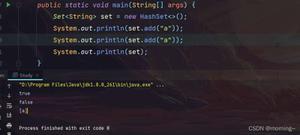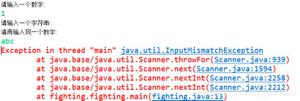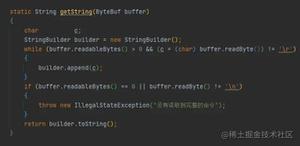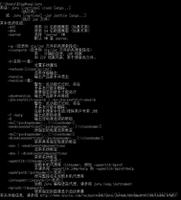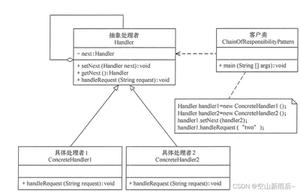Java中的repaint()不会立即“重画”吗?
我有这样的代码:
// In MyPanel.javapublic void paintComponent(Graphics g)
{
super.paintComponent(g);
// Draw something
mypanel_count++;
}
// In Test.java
public void testLargeData()
{
while (notDone)
{
panel.repaint();
// do huge work
test_count++;
System.out.println("Test_count: " + test_count + ", MyPanel_count: " + mypanel_count);
}
}
// Output !!!
Test_count: 752, MyPanel_count: 23
Test_count: 753, MyPanel_count: 23
Test_count: 754, MyPanel_count: 23
Test_count: 755, MyPanel_count: 24
但是当我更改panel.repaint()为时panel.paintComponent(panel.getGraphics()),输出是正确的:
Test_count: 752, MyPanel_count: 752Test_count: 753, MyPanel_count: 753
Test_count: 754, MyPanel_count: 754
Test_count: 755, MyPanel_count: 755
为什么?paintComponent该方法有效,但有时它是盲目的,所以我不想使用它。有人可以给我一些建议吗?谢谢!
回答:
如果您repaint仔细阅读的文档,您会注意到它指出(强调我的意思):
如果此组件是轻量级组件,则此方法将导致尽快调用此组件的paint方法。否则,此方法将导致 调用此组件的update方法。
这意味着允许AWT / Swing通过合并快速连续请求的重绘来优化重绘。还有一种repaint(long
time)方法,允许您控制AWT
/ Swing在完成重新绘制请求后等待的时间。但是,它可能仍会合并请求,尤其是如果您在循环中执行请求。
阅读文章“
AWT和Swing中的绘画”可能会有所帮助,该文章试图解释所涉及的各种概念。
要使面板在每次迭代时都重新粉刷,您必须等待粉刷发生,然后继续循环。这意味着您需要在处理线程(循环)和AWT /
Swing线程之间进行一些同步。粗略地讲,例如wait(),如果循环对象的最后一次调用repaint()和notifyAll()在面板paintComponent()方法结尾处的调用之后尚未重绘,则可以在循环末尾的面板对象上。但是,这可能难以正确实现,因此,仅在确实需要“实时”重绘组件时才应这样做。作为替代方案,paintImmediately(...)可以使用,但是您必须在事件分配线程中进行所有处理,如下所示:
SwingUtilities.invokeLater(new Runnable() { public void run() {
while(notDone) {
// Do your processing
panel.paintImmediately(...);
}
}
});
请注意,这将在循环运行时停止任何事件处理(包括鼠标和键盘输入)的处理。您可以在“
Swing的并发性”中阅读有关Swing和线程的更多信息。
以上是 Java中的repaint()不会立即“重画”吗? 的全部内容, 来源链接: utcz.com/qa/408864.html


